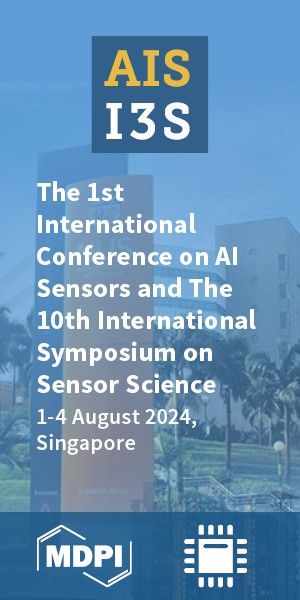Article
Version 1
Preserved in Portico This version is not peer-reviewed
Development of a Microfluidic Platform for Trace Lipid Analysis
Version 1
: Received: 1 October 2020 / Approved: 2 October 2020 / Online: 2 October 2020 (09:16:13 CEST)
A peer-reviewed article of this Preprint also exists.
Davic, A.; Cascio, M. Development of a Microfluidic Platform for Trace Lipid Analysis. Metabolites 2021, 11, 130, doi:10.3390/metabo11030130. Davic, A.; Cascio, M. Development of a Microfluidic Platform for Trace Lipid Analysis. Metabolites 2021, 11, 130, doi:10.3390/metabo11030130.
Abstract
The inherent trace quantity of primary fatty acid amides found in biological systems presents challenges for analytical analysis and quantitation, requiring a highly sensitive detection system. The use of microfluidics provides a green sample preparation and analysis technique through small-volume fluidic flow through micron-sized channels embedded in a PDMS device. Microfluidics provides the potential of having a micro total analysis system where chromatographic separation, fluorescent tagging reactions, and detection are accomplished with no added sample handling. This study describes the development and optimization of a microfluidic-laser indued fluorescence (LIF) analysis and detection system that can be used for the detection of ultra-trace levels of fluorescently tagged primary fatty acid amines. A PDMS microfluidic device was designed and fabricated to incorporate droplet-based flow. Droplet microfluidics have enabled on-chip fluorescent tagging reactions to be performed quickly and efficiently, with no additional sample handling. An optimized LIF optical detection system provided fluorescently tagged primary fatty acid amine detection sub-fmol (436 amol) LODs. The use of this LIF detection provides unparalleled sensitivity, with detection limits several orders of magnitude lower than currently employed LC-MS techniques and might be easily adapted for use as a complementary quantification platform for parallel MS-based -omics studies.
Keywords
primary fatty acid amides; microfluidics; laser induced fluorescence, bioactive lipids
Subject
Chemistry and Materials Science, Analytical Chemistry
Copyright: This is an open access article distributed under the Creative Commons Attribution License which permits unrestricted use, distribution, and reproduction in any medium, provided the original work is properly cited.
Comments (0)
We encourage comments and feedback from a broad range of readers. See criteria for comments and our Diversity statement.
Leave a public commentSend a private comment to the author(s)
* All users must log in before leaving a comment






